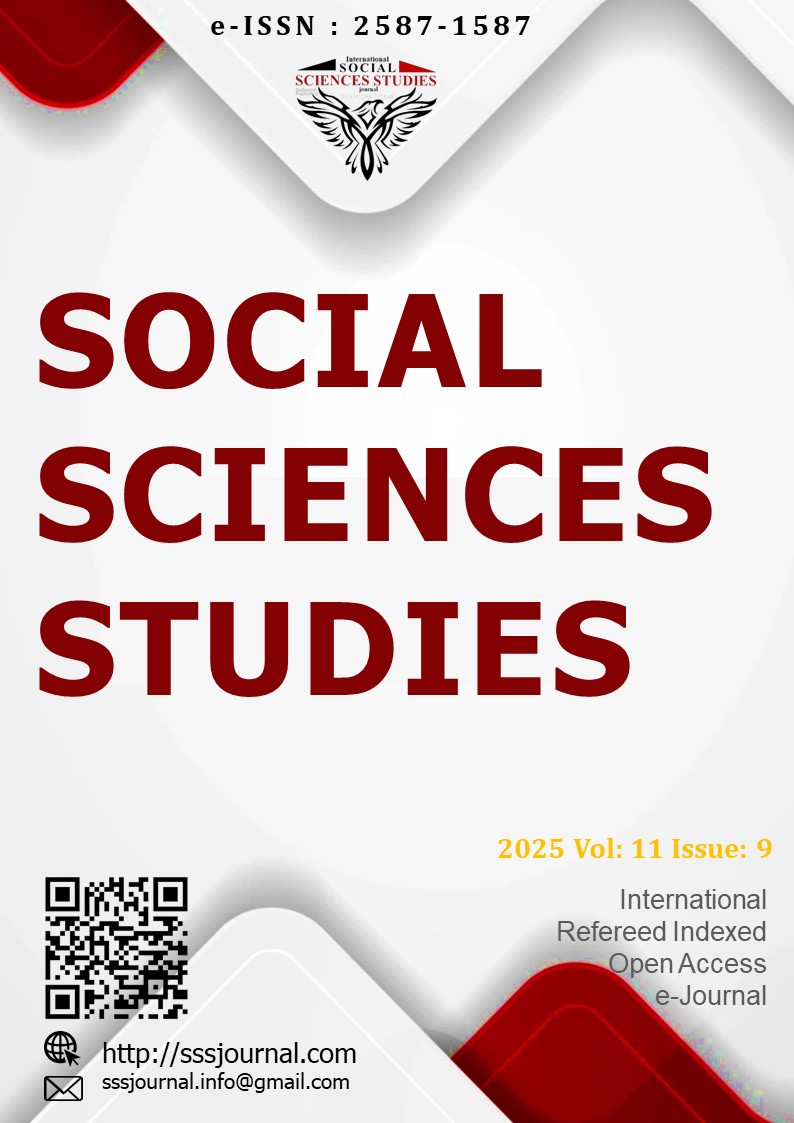Author :
Abstract
Bu çalışma, tenis sporunun arkasında yatan matematiksel dinamikleri disiplinlerarası bir yaklaşımla incelemektedir. Tenis yalnızca fiziksel bir etkinlik değil, aynı zamanda olasılık, geometri, kinematik ve veri bilimi gibi çeşitli matematiksel disiplinlerin somut biçimde uygulandığı bir bağlamdır. Çalışmada, kort geometrisinin oyun stratejilerine etkisi, oyuncu hareketlerinin ve vuruşlarının fiziksel hesaplamaları, skor sisteminin olasılık modelleriyle yorumlanması ve karar verme süreçlerine etki eden matematiksel stratejiler ayrıntılı biçimde analiz edilmiştir. Ayrıca, servis yönü seçimi, top yörüngesi, spin etkisi ve oyuncu performansının makine öğrenmesiyle değerlendirilmesi gibi konulara da yer verilmiştir. Eğitim boyutunda ise matematiğin, tenis öğretiminde kavramsal öğrenmeyi ve performans analizini nasıl desteklediği gösterilmiştir. Araştırmada ulaşılan bulgular, matematiğin tenis performansını artırmaya, teknik becerileri geliştirmeye ve stratejik karar alma süreçlerini optimize etmeye yönelik güçlü bir araç olduğunu ortaya koymaktadır. Bu bağlamda çalışma, spor bilimleri ve matematik arasındaki bütüncül etkileşimi derinlemesine ortaya koyarak, hem akademik literatüre hem de antrenman pratiklerine katkı sunmayı amaçlamaktadır.
Keywords
Abstract
This study examines the mathematical dynamics behind the sport of tennis with an interdisciplinary approach. Tennis is not only a physical activity, but also a context where various mathematical disciplines such as probability, geometry, kinematics and data science are concretely applied. In the study, the effect of court geometry on game strategies, physical calculations of player movements and strokes, interpretation of the scoring system with probability models and mathematical strategies affecting decision-making processes are analyzed in detail. In addition, topics such as service direction selection, ball trajectory, spin effect and evaluation of player performance with machine learning are also included. In the educational dimension, it is shown how mathematics supports conceptual learning and performance analysis in tennis teaching. The findings of the study reveal that mathematics is a powerful tool for improving tennis performance, developing technical skills and optimizing strategic decision-making processes. In this context, the study aims to contribute to both academic literature and training practices by revealing the holistic interaction between sports sciences and mathematics in depth. In this context, the study aims to contribute to both academic literature and training practices by revealing in depth the holistic interaction between sports sciences and mathematics.





